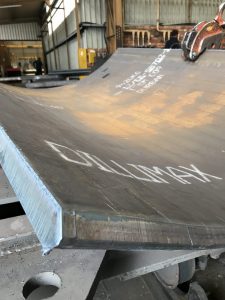It is crucial to pay attention to maintenance and protection of most exposed parts when it comes to mechanical assets, such as machines and equipment. Whether you finance or lease business equipment, it should be kept in working condition. Equipment and machinery for business is quite costly, which makes replacing it every now and then troublesome and expensive. Reducing damages and ensuring proper usage will help in prolonging the useful life of each piece of equipment.
Nonetheless, even the most careful business operators of equipment and machinery cannot fight the wear and tear that happens naturally in every usage. The mechanical parts, which are usually made up of metals, will grind into each other in every movement, which causes abrasion. Once the parts breaks, the cost of replacing it, as well as the cost of unnecessary downtime, will not be efficient. Putting protective covers in the most exposed parts is a way of reducing damages in the equipment. One of the ways to protect equipment is by using wear plates that are made of strong materials. An example would be a chromium carbide wear plate in the base metal of the equipment.
Wear plates (also known as abrasion resistant plates or steel liners) are used to reduce wear and tear in surfaces with excessive friction and causes degradation between two parts. Usually, these plates are used for machines that slide or rotates during the process. These plates are easy to install, gets the job done, and are a cheaper purchase than replacing the whole part altogether.
Machines that require the wear plates are the crushers, shredders and casting equipment. Steel and aluminium mill equipment, which are often utilized in plant facilities, can also be protected by wear plates to prevent the part from breaking in impact. Wear plates can also be applied to mining tools, wear blades, wear rings, wear segments and bucket scrapers.
